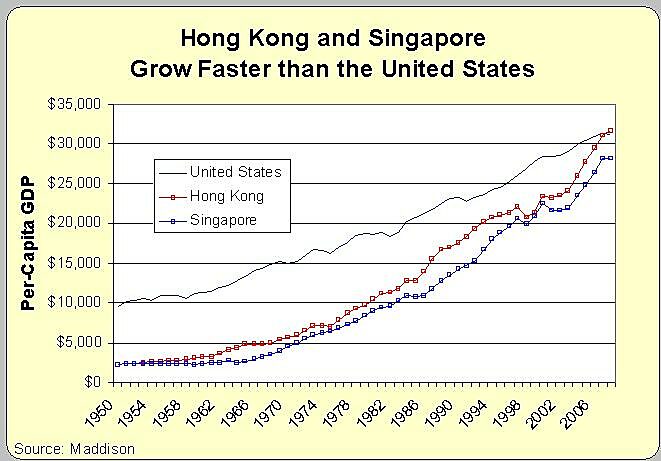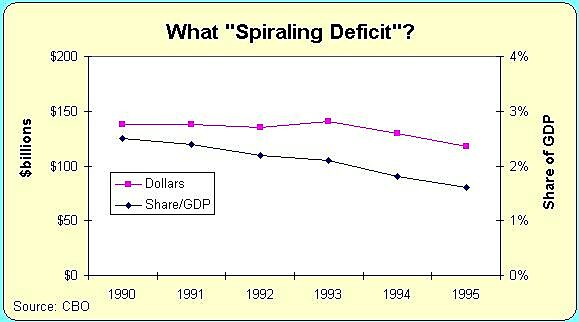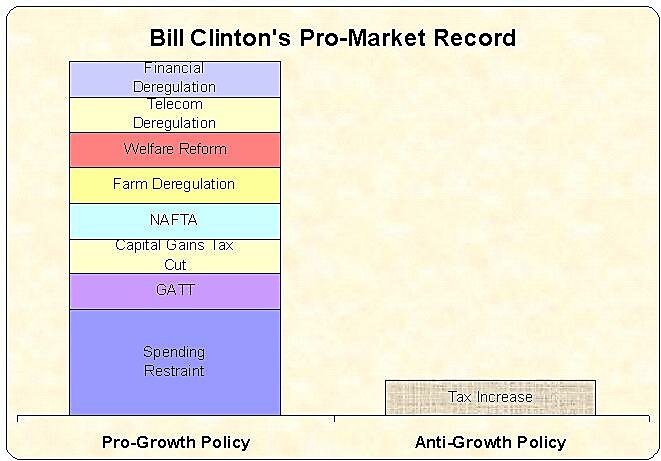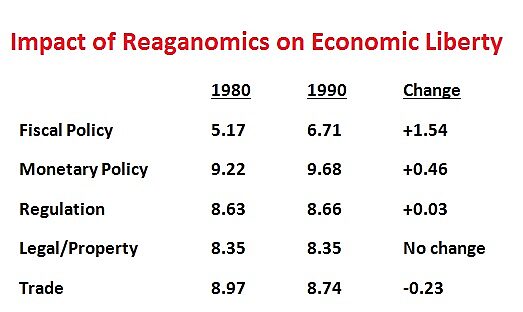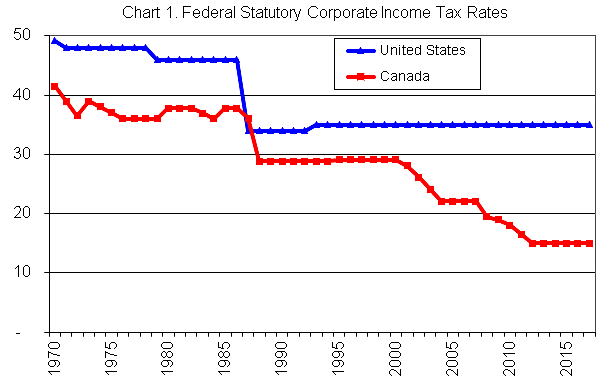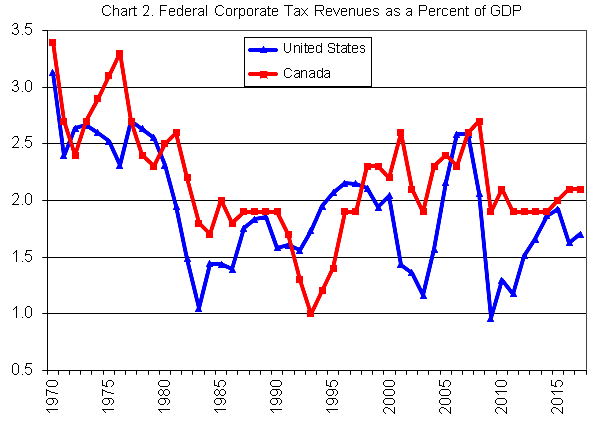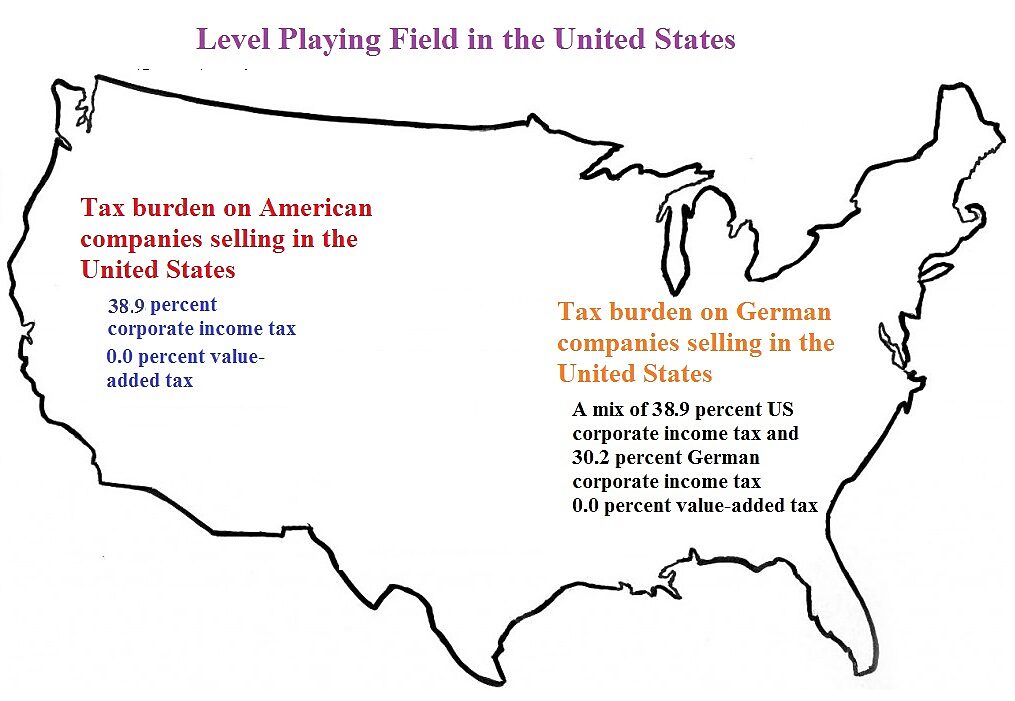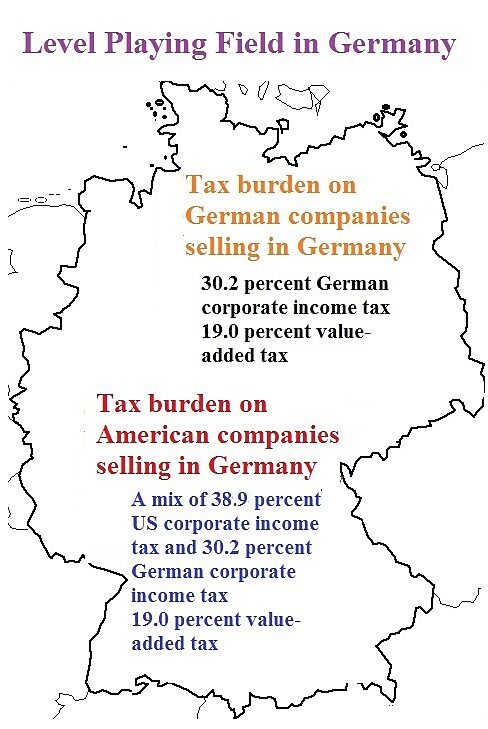The American Public Transit Association (APTA) has a new report on the economic impact of President Trump’s proposal to stop wasting federal dollars on digging holes and filling them up. Actually, the report is about Trump’s proposal to stop wasting federal dollars building streetcars, light rail and other local rail transit projects, but the two have almost exactly the same effect.
The APTA report says that digging holes and filling them up would provide about 500,000 jobs (though it really means job-years, that is, 500,000 jobs for one year). Since APTA says it would take ten years to dig and fill the holes that Trump wants to stop funding, that’s 50,000 jobs a year.
However, nobody wants a job digging holes and filling them up. What they want is income. Since there is no market for refilled holes, the only source of income for digging and filling holes is tax dollars. So what APTA really wants Congress to do is take money away from workers and then give it back to them and call it jobs. That’s not very productive.
The APTA report also says that refilled holes create economic development that will generate another 300,000 more jobs (which again really means job-years). Supposedly, people like living, shopping, and working next to refilled holes and so they will clamor to have homes, stores, and offices built next to those holes.
I don’t believe that’s true, but let’s say it is. If we don’t dig and refill the holes, people will still need to live, shop, and work somewhere. So the homes, stores, and offices will still be built, though (if you believe in the hole-location theory) they might be built in some part of the city other than next to the undug holes. Thus, digging holes creates zero net secondary jobs.
In fact, digging and refilling holes probably creates negative secondary jobs for the cities digging them because someone has to pay for those holes. The federal capital grants program only pays half the cost of digging and refilling the holes, and the locals have to pay for the rest. After the holes are dug, local taxpayers have to pay most of the cost of maintaining the refilled holes as settling is likely to occur. The local construction and maintenance costs put a huge burden on the local tax base, and some businesses are likely to locate in a city that isn’t obligated to pay for such holes.
In comparing streetcars, light rail, and other forms of rail transit to holes, some people might think I am unfair to holes. After all, holes don’t require annual operating costs like rail transit, and their maintenance costs are also a lot lower. For example, Washington DC used federal dollars to dig some holes and put trains in them, and now it faces a $25 billion maintenance backlog. If they had just left the holes empty, or filled them with dirt–or better yet not dug them at all–they wouldn’t have to worry about who is going to pay for that backlog.
As Will Rogers once said, “If you find yourself in a hole, stop digging.” The rail transit construction of the past 50 years has dug a huge hole that has cost taxpayers hundreds of billions of dollars and coincided with (and arguably contributed to) a decline in per capita transit ridership.
Whether we are talking about holes or building rail transit, the effect is the same. APTA wants Congress to take money from taxpayers so it can give it back to them and claim it is giving them jobs. APTA also wants local governments to take money from taxpayers so they can claim they are making cities more productive. But neither holes nor rail transit produce the income needed to sustain jobs nor do they make urban areas more economically productive. All they do is enrich a few contractors while adding to the overall tax burden. That’s why I think Trump’s policy of ending federal support to holes and other strictly local projects is a good idea.

